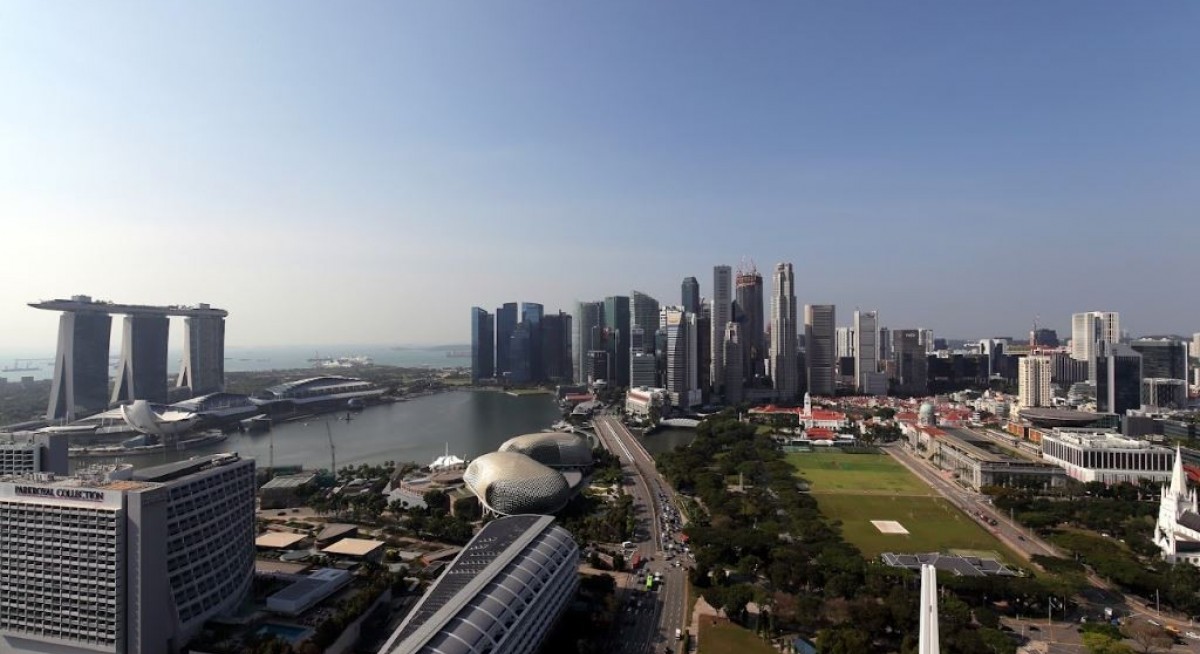According to OCBC, growth was mainly supported by SMEs in the externally oriented sectors such as wholesale trade, ICT and manufacturing, where businesses have outperformed and demonstrated resilience.
Most of the domestic-facing industries saw a slight contraction in reading. Despite subdued headline inflation, local demand was softer this quarter, impacting industries such as F&B and building & construction.
The GDP growth Nowcast based on the OCBC SME Index for 3Q2025 is slightly above 3.5%, moderating from the 4.4% registered in the previous quarter. This is aligned with the trend observed in the GDP advance estimates released by the Ministry of Trade and Industry, which moderated to 2.9% in 3Q2025.
Looking ahead, the outlook for SMEs is expected to ease in the upcoming quarters. Cautious consumer sentiments and the normalisation of tourism growth are likely to weigh down on consuming-facing sectors. Businesses engaged in external trade would also have to restructure supply chains and adapt to new market norms due to tariff uncertainty.
See also: What the conventional economic wisdom is missing
Based on the OCBC SME Business Outlook poll, 53% of the 800 SME business owners polled in 3Q2025 expect the outlook to remain the same or worsen in the next six months. The remaining 47% expect the outlook to improve despite the challenging operating environment.
Faced with elevated cost pressures and manpower constraints, SME business owners from domestic-facing sectors were less optimistic as compared to those from externally oriented sectors. Weaker domestic demand may also have clouded the outlook of SMEs within these industries.
On the external front, 44% of the respondents reported being negatively impacted by ongoing US tariff issues and this is mainly be attributed to the reduction in demand for goods and services. Majority of these business owners are adopting a wait-and-see approach as the tariff situation unfolds, with a sizeable share of SMEs attempting to explore alternative end-demand markets to make up for the fall in demand.
See also: Balancing caution and yield ahead of 2026
While a significant share of business owners cite that they have no revenue generated from the US market based on the OCBC Business Outlook poll, SMEs are still exposed to second- and third-order impact from the US tariffs. As external demand weakens, SMEs, particularly those in the export-oriented industries, may find their margins eroding further.
As compared to large MNCs, SMEs have less room to absorb the rise in upstream input cost and will find it more challenging to navigate the increase in complexity of global supply chains. The flood of cheap Chinese exports into the region’s economies, including Singapore, would intensify competition and could drive prices downwards. This adds onto the challenges that SMEs have to manage.




